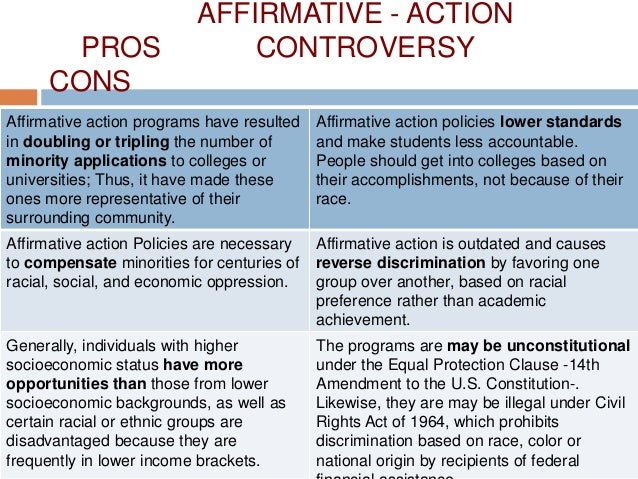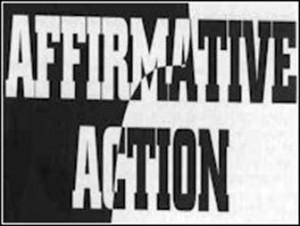

Upon a second review of the case by the Supreme Court, a 4-3 opinion led by Justice Anthony M.

The university first admits roughly the top 10 percent of every in-state graduating high school class, a policy known as the Top Ten Percent Plan, and then reviews several factors, including race, to fill the remaining spots. University of Texas (Two Cases)Ībigail Fisher, a white woman who was rejected from the University of Texas, said that the school’s two-part admissions system, which takes race into consideration, is unconstitutional. The Grutter and Gratz cases provided a blueprint for how schools could use race as a factor in admissions policies.ĭecided on JFisher v. Rehnquist, the Supreme Court ruled that the point system did not meet the standards of strict scrutiny established in previous cases. In a 6-3 opinion led by Justice William H. Though decided on the same day and focused on the same university, the Gratz case and Grutter case had different outcomes. The case reaffirmed the court’s position that diversity on campus is a compelling state interest. The Court ruled that each admissions decision is based on multiple factors, and that the school could fairly use race as one of them. When the case reached the Supreme Court, a 5-4 opinion led by Justice Sandra Day O’Connor upheld the Bakke decision. The move could remake the competitive and economic landscapes of college athletics.īarbara Grutter, a white woman who was denied admission to the University of Michigan Law School, said that the school had used race as a predominant factor for admitting students. are defecting to the Big Ten Conference from the Pac-12. Affirmative Action: As the Supreme Court prepares to decide on the lawfulness of two race-conscious admissions programs, colleges like Yale and Harvard are continuing to give a boost to legacy applicants.

Enrollment Crisis: New data shows that 662,000 fewer students enrolled in undergraduate programs in spring 2022 than a year earlier, a decline of 4.7 percent.2 spot after being unable to verify the underlying data submitted by the school.

News & World Report “unranked” the Ivy League university from its No. Recent Issues on America’s College Campuses Bakke, who is white, argued that the school’s affirmative action policy to reserve 16 out of 100 spots for qualified minority students violated the equal protection clause as well as the Civil Rights Act of 1964. BakkeĪlan Bakke was rejected twice from the medical school at the University of California, Davis. Though the court chose not to address the issues within the case, it was the first case heard on affirmative action since the policy was established in the 1960s.ĭecided on JRegents of the University of California v. He sued a state education official as well as the school’s admissions committee, and successfully gained admission to the school.īy the time the United States Supreme Court considered the case, DeFunis was already in his last year of law school and the court ruled that the case was moot. Marco DeFunis, a white man, argued that he was denied admission to the University of Washington Law School because the school had prioritized admitting minority students who were less qualified, saying that this violated the Fourteenth Amendment’s equal protection clause. Here are some of the key cases:ĭecided on ApMarco DeFunis Jr. The United States Supreme Court has weighed in on affirmative action in college admissions several times, helping shape the policy through the decades.


 0 kommentar(er)
0 kommentar(er)
